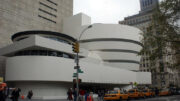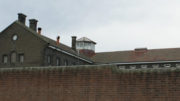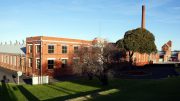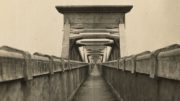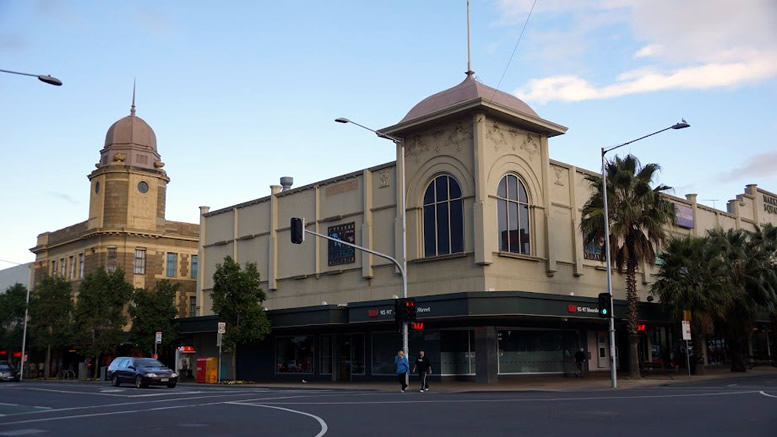 Market Square Shopping Centre in Geelong is a fascinating location steeped in history. Redeveloped in 1984, the site pays homage to Geelong’s heritage while serving as a central hub for retail and community activities. Despite facing challenges in recent years, including a number of vacant shops, the centre remains a notable landmark in the city’s commercial landscape.
Market Square Shopping Centre in Geelong is a fascinating location steeped in history. Redeveloped in 1984, the site pays homage to Geelong’s heritage while serving as a central hub for retail and community activities. Despite facing challenges in recent years, including a number of vacant shops, the centre remains a notable landmark in the city’s commercial landscape.
A Brief History of Market Square
The history of Market Square dates back to Geelong’s early days as a thriving port and regional hub. Covering an area of eight acres (2.9 hectares) of land, the site was originally preserved as a town square but was progressively built upon. Spanning three city blocks, some of the first structures built on the site included the town clock in 1857 (now located in the CML Building) and an exhibition building in 1881, which later became His Majesty’s Theatre. While some clear land was retained as a square in the early days—functioning as a bustling marketplace where locals gathered to trade goods and produce—over time, it became a focal point for the city’s growth and development. Eventually, in the early 1900s, more buildings were allowed to be constructed on the site.
In the 1980s, Geelong embarked on a major redevelopment project to transform the historic marketplace into a modern shopping centre. The redevelopment, completed in 1984, sought to preserve the spirit of the original Market Square while introducing contemporary retail facilities to meet the needs of a growing population. The construction was a scaled-down version of the Geelong council’s “City by the Bay” urban renewal concept, which would have seen shopping centres extend towards the bay. The project was financed by the council, as the area was still crown land. Its construction led to the loss of most of the 1940s and 1950s buildings on the eastern side of the block, including the much loved Art Deco Corio Theatre, and the removal of Jacob Street and McCann Street. Little Malop Street was initially closed to traffic and developed into a pedestrian mall, but it was later redeveloped in the early 2010s to reintroduce one-way traffic.
Historic Buildings Retained on the Site
Market Square’s redevelopment thoughtfully integrated several historic structures, ensuring that the site’s rich architectural and cultural history was not lost.
The CML Building on Malop Street: Originally part of Geelong’s commercial landscape in the early 20th century, the Colonial Mutual Life (CML) Building remains a key feature of the Market Square precinct. Its classic design reflects the grandeur of its time and adds a sense of historical significance to the site. Today, the building houses centre management offices on the upper levels along with shopfronts along Malop Street.
Corio Stores on Little Malop Street: Once a vital centre for trade, the Corio Stores building has been preserved as a nod to Geelong’s mercantile past. It now houses a mix of shops and the southern entrance to the shopping centre, maintaining its connection to the city’s commercial heritage.
The Solomons Building on Moorabool Street: Although significantly altered from its original design, the Solomons Building retains elements of its historic character. Opened in 1912, Julius Solomon operated a clothing store there until the mid-1960s when it was converted to Nancarrow’s Supermarket, later purchased by Woolworths. Its inclusion in the redevelopment speaks to the commitment to preserving Geelong’s architectural legacy. Today, the building houses shops on the ground floor, the western entrance to the shopping centre, and much of the Harris Scarfe store on the upper floor.
Market Square Today
Sold by the city in the mid-1990s, Market Square has experienced a decline in recent years, with many vacant shops reflecting broader retail trends. However, it remains a space of potential. Its central location and historical significance position it as a key site for future revitalisation efforts. There have been calls for the new owners to improve the centre’s fortunes and attract new stores, but these calls have largely gone unanswered. Despite this, the city remains hopeful that new life will be breathed into the centre in the future, ensuring it continues to be a vibrant part of Geelong’s urban fabric.

